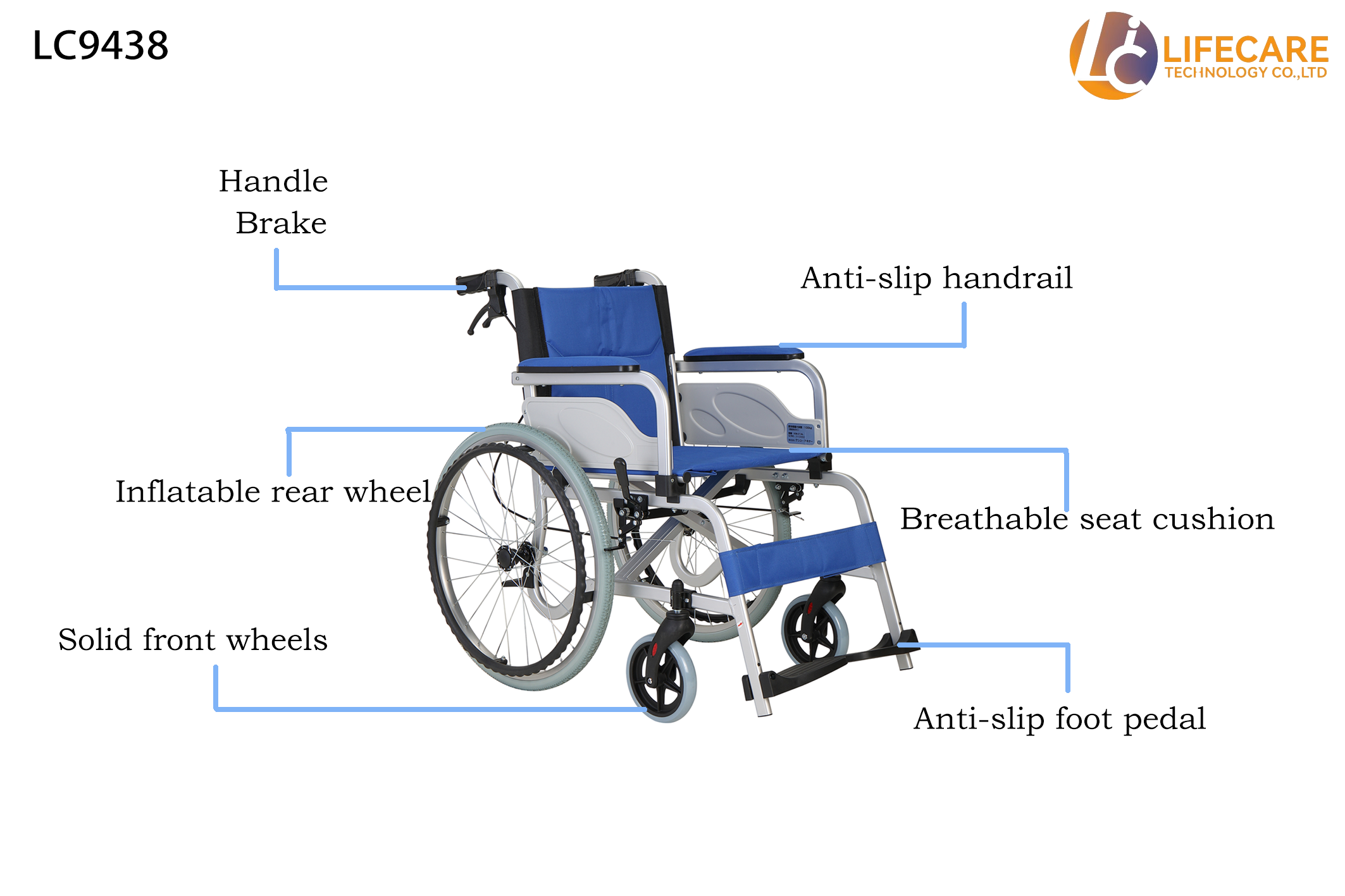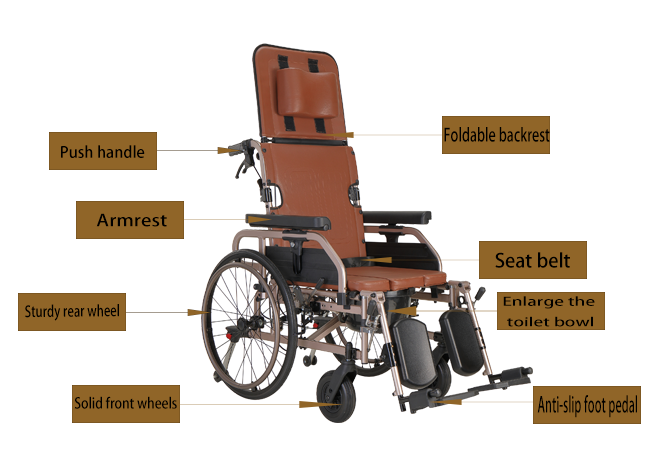Wheelchair travel style selection guide: find the most suitable mobility partner according to your needs
Wheelchair as an important mobility tool for people with mobility disabilities, the choice of its style is directly related to the user's comfort, autonomy and quality of life. This article will provide you with a comprehensive analysis of the characteristics of various types of wheelchairs, to help you make a wise choice based on individual needs.
Ⅰ. understand the basic types of wheelchairs
The wheelchair market offers a variety of styles, which can be divided into the following categories:
Manual wheelchairs are the most common type and include:
Self-propelled wheelchairs: users move themselves by pushing the wheel rims, suitable for users with good upper limb strength
Nursing wheelchair: mainly pushed by caregivers, suitable for users who cannot operate the wheelchair by themselves
Electric wheelchairs are powered by batteries and are categorized into:
Joystick-controlled type: the direction and speed are controlled by handles
Breathing-controlled: for users with limited upper limb function.
Head-controlled: operated by head movements
Sport wheelchairs are designed for sports activities and are lightweight and flexible.
Standing wheelchairs allow the user to change position in the wheelchair, adjusting from a sitting to a standing position.
II. Key Selection Factors
When choosing a wheelchair, the following factors need to be considered comprehensively:
Scene of use:
Indoor use: consider models with a small turning radius
Outdoor use: need a type with good stability and strong shock absorption
Mixed use: look for a universal model with balanced performance
Physical condition:
Upper body strength: decide whether to go manual or motorized
Torso stability: influence whether additional support is needed
Mobility: consider whether standing function is needed
Transportation & Storage:
Foldable design allows for easy automobile transportation
Weight limitations affect portability
Ease of disassembly relates to daily use
Special Needs:
Pressure dispersion needs: consider special cushions
Posture maintenance: customized backrests may be required
Integration of other medical equipment: e.g., oxygen cylinder holders, etc.
Ⅲ. Wheelchair Functional Detail Considerations
Seating System:
Width and depth should allow for even pressure on the hips
Material selection affects breathability and comfort
Adjustability to accommodate different body types and changing needs
Wheels and drive:
Solid tires are maintenance free but have poor shock absorption
Pneumatic tires are comfortable but require regular inspection
Wheel position affects propulsion efficiency
Accessory Options:
Anti-tipping device for added safety
Armrests and footrests are adjustable
Storage bag for added convenience
IV. Professional Assessment and Adaptation
Professional assessment is recommended before choosing a wheelchair, including:
Rehabilitation physician to assess physical condition and needs
Physiotherapist to test sitting balance and pressure distribution
Occupational therapist to examine the ability to perform activities of daily living
The trial sitting experience is crucial and should be noted:
Even distribution of pressure on the buttocks
Smoothness of manipulation controls
Whether the height of vision is appropriate
V. Budget and Long-Term Considerations
Wheelchairs are available in a wide price range, varying significantly from basic to high-end customized models. Considerations include:
Medicare reimbursement coverage and amount
Long-term cost of use (maintenance, supplies)
Adaptability to future changes in needs
Conclusion
Choosing the right wheelchair is a decision-making process that requires a combination of factors. There is no "best" wheelchair, only the "most suitable" wheelchair. It is advisable to make an informed choice under the guidance of a professional, taking into account one's lifestyle, physical condition and budget. The right wheelchair not only provides freedom of mobility, but also enhances overall quality of life and independence.
We hope this guide will provide you with a valuable reference to help you find the ideal mobility companion. If you have any questions, you may wish to consult a rehabilitation specialist or an experienced wheelchair supplier for personalized advice.
Post time: Aug-19-2025








